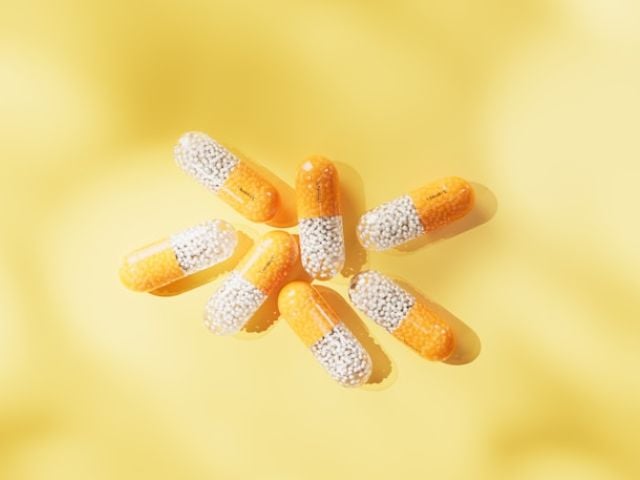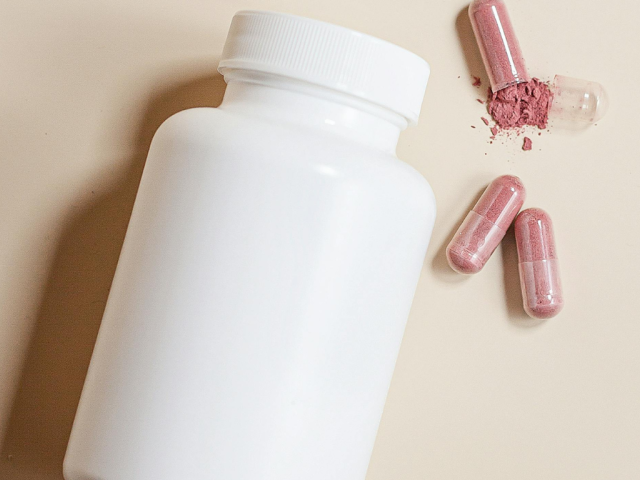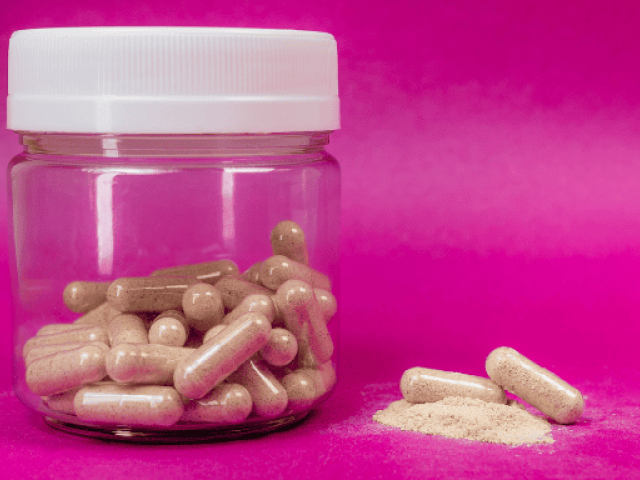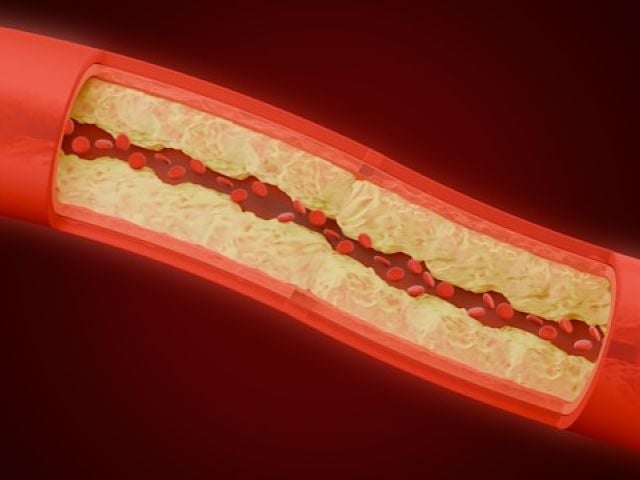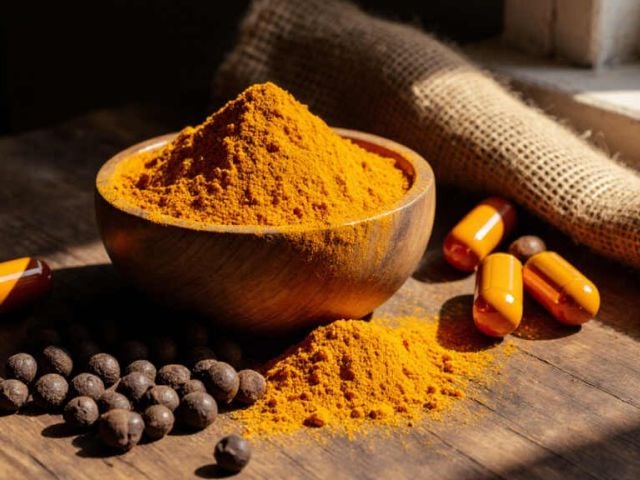
8 Ways to Boost Your Glutathione Levels Naturally
Your body produces an incredible molecule that acts like a shield against damage and disease. This powerhouse antioxidant works around the clock to protect your cells and keep you healthy.
But here’s the problem: your glutathione levels naturally decline as you age. Environmental toxins, stress, and poor diet can speed up this decline even more.
You can take simple steps to boost your body’s glutathione production naturally.
Key Takeaways
- Glutathione levels drop with age, but natural strategies can restore them effectively
- Sulfur-rich foods and whey protein provide the building blocks your body needs most
- Vitamin C and regular exercise can boost levels by 30-64%
- Combining multiple approaches works better than relying on single interventions
What is Glutathione?
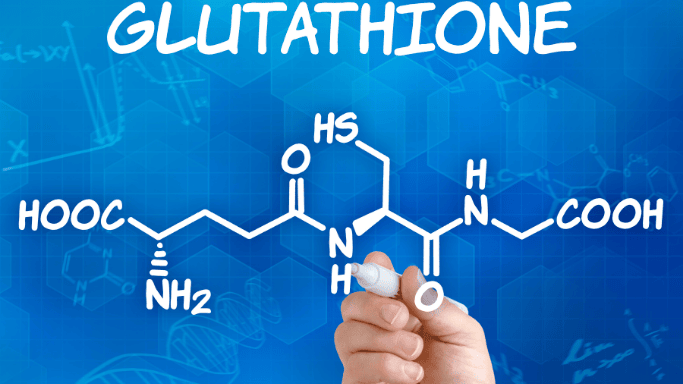
Glutathione is often called the “master antioxidant” for good reason. This small but mighty molecule consists of three amino acids. These are glutamine, glycine, and cysteine.
Your liver produces most of your glutathione. Every cell in your body depends on it for protection and proper function.
Think of glutathione as your cellular cleanup crew. It neutralizes harmful free radicals, removes toxins, and helps your immune system work properly.
Benefits of Glutathione

Understanding why glutathione matters can motivate you to take action. This master antioxidant provides several key benefits:
Free Radical Protection
Glutathione shields your cells from oxidative stress and free radical damage. This protection helps prevent premature aging and supports healthy cellular function.1
Detoxification Support
Your liver uses glutathione to neutralize and remove toxins from your body. Higher glutathione levels mean better detoxification capacity.2
Immune Function
A strong immune system depends on having enough glutathione levels. This antioxidant helps your white blood cells function properly and fight off infections.3
Energy Production
Your mitochondria need glutathione to produce energy efficiently. Low levels can leave you feeling tired and sluggish.4
8 Ways to Boost Glutathione Levels Naturally

Ready to give your body’s antioxidant defenses a natural boost? These eight strategies can help increase levels of glutathione without relying solely on supplements.
1. Eat Sulfur-Rich Foods
Sulfur-containing foods provide one of the best natural ways to increase glutathione production. Cysteine, one of the three amino acids in glutathione, contains sulfur and often becomes the limiting factor in production.
Cruciferous vegetables top the list of glutathione-boosting foods. Research shows that eating sulfur-rich vegetables can greatly reduce oxidative stress by increasing glutathione levels.5
Best sulfur-rich choices:
- Broccoli and Brussels sprouts
- Cauliflower and kale
- Watercress and mustard greens
- Garlic and onions
- Shallots and leeks
Studies demonstrate that allium vegetables like garlic and onions work particularly well. Their unique sulfur compounds can boost glutathione levels substantially.6
Try to include at least one serving of sulfur-rich vegetables with each meal. Raw or lightly cooked versions retain the most beneficial compounds.
2. Add Glutathione-Rich Foods to Your Diet
Some foods naturally contain glutathione or compounds that support its function. Including these in your daily meals provides direct glutathione support.
Asparagus stands out as one of the richest dietary sources. Research reveals that proper cooking methods like steaming or baking can actually increase glutathione levels in asparagus.7
Top glutathione-containing foods:
- Fresh asparagus
- Avocados
- Spinach and leafy greens
- Watermelon and grapefruit
- Fresh citrus fruits
Avocados deserve special mention. They contain both glutathione and healthy fats that support overall antioxidant function throughout your body.
Keep these foods fresh and consume them regularly. Frozen options work well too, especially for smoothies and cooked dishes.
3. Get Enough Vitamin C
Vitamin C plays a critical role in maintaining and recycling glutathione in your cells. This water-soluble vitamin works hand-in-hand with glutathione to provide powerful antioxidant protection.
Clinical studies show that vitamin C can significantly increase glutathione levels in red blood cells and lymphocytes. The research demonstrates that vitamin C supplementation helps regenerate glutathione from its oxidized form back to its active state.8
Your body uses vitamin C to keep glutathione working effectively. When glutathione neutralizes free radicals, it becomes oxidized and temporarily inactive. Research confirms that vitamin C helps restore glutathione to its reduced, active form.9
Best vitamin C sources:
- Citrus fruits like oranges and grapefruits
- Bell peppers and broccoli
- Strawberries and kiwi fruit
- Brussels sprouts and cauliflower
- Fresh herbs like parsley and cilantro
For consistent support, consider a high-quality vitamin C supplement.
Jinfiniti’s Natural Vitamin C + Zinc combines whole food vitamin C from amla extract with bioavailable zinc for enhanced antioxidant support. Studies show zinc can also play a role in supporting glutathione levels in the body.10
Aim for 200-500mg of vitamin C daily from food sources or supplements. This amount provides optimal support for glutathione recycling without excess.
4. Include High-Quality Whey Protein
Whey protein stands out as one of the most effective dietary ways to increase glutathione levels. This complete protein is exceptionally rich in cysteine and other glutathione precursors.
Multiple clinical studies confirm that whey protein supplementation can greatly boost glutathione in healthy people and those with various health conditions.11
The research is impressive. Whey protein can increase intracellular glutathione by up to 64% while providing protection against oxidative stress.12
Choose grass-fed whey protein when possible. These sources contain higher concentrations of beneficial compounds compared to conventional options.
Ways to use whey protein:
- Post-workout smoothies
- Morning protein shakes
- Added to oatmeal or yogurt
Start with 20-25 grams daily. This amount provides perfect amino acid support for glutathione production without overwhelming your system.
5. Try N-Acetylcysteine (NAC) Supplements
NAC represents one of the most well-researched glutathione precursors available. As a derivative of cysteine, NAC readily converts to glutathione in your body.
Clinical trials demonstrate NAC’s effectiveness in increasing glutathione levels and providing antioxidant protection across various health conditions.13
NAC works by supplying your cells with the cysteine they need for glutathione synthesis. Since cysteine often becomes the rate-limiting amino acid, NAC supplementation can dramatically boost production.
NAC benefits include:
- Direct glutathione precursor support
- Improved antioxidant status
- Better detoxification capacity
- Better respiratory health
Most studies use doses between 600-1800mg daily. Start with a lower dose and work up gradually to assess your tolerance.
Curious how NAC compares to other longevity supplements? Check out our article on the differences between NAD and NAC.
6. Exercise Regularly
Regular physical activity provides one of the most powerful natural ways to boost glutathione production. Your muscles produce more glutathione in response to exercise-induced oxidative stress.
Research demonstrates that both aerobic exercise and resistance training can greatly increase glutathione levels. They also improve the ratio of active to oxidized glutathione.14
The key lies in finding the sweet spot. Moderate exercise boosts antioxidant defenses, while excessive training can temporarily deplete glutathione stores.
Best exercise approaches:
- 30-45 minutes of moderate cardio 3-4 times weekly
- Resistance training 2-3 times per week
- Combined aerobic and strength training programs
- Activities you enjoy and can maintain long-term
Studies show that well-trained individuals have higher baseline glutathione levels and better antioxidant defenses overall.15
Start slowly if you’re new to exercise. Your glutathione production will improve as your fitness level increases.
7. Drink Green Tea Daily
Green tea consumption can greatly boost your glutathione levels through multiple pathways. The polyphenols in green tea work together with glutathione to provide stronger antioxidant protection.
Clinical studies reveal that both green tea beverages and extracts can increase whole blood glutathione by approximately 30-40%. This happens within eight weeks of regular consumption.16
The magic happens through green tea’s unique compounds, particularly EGCG (epigallocatechin gallate). These antioxidants support glutathione recycling and help maintain higher levels in your cells.
Green tea tips:
- Aim for 2-3 cups daily
- Steep for 3-5 minutes for best extraction
- Drink between meals for best absorption
- Choose organic varieties when possible
Green tea also provides other health benefits, including improved brain health and cognitive function support.
Avoid adding milk to your green tea, as it can interfere with antioxidant absorption. Lemon actually strengthens the beneficial compounds.
8. Use Turmeric and Curcumin
Turmeric and its active compound curcumin are powerful glutathione boosters. Curcumin stimulates glutathione synthesis by activating key enzymes your body needs for production.
Research demonstrates that curcumin can increase glutathione levels while providing both antioxidant and anti-inflammatory benefits.17
Curcumin works by upregulating γ-glutamylcysteine ligase. This is the rate-limiting enzyme in glutathione synthesis. Your cells can produce more glutathione when curcumin is present.
How to use turmeric effectively:
- Add fresh turmeric to smoothies and curries
- Take standardized curcumin supplements
- Combine with black pepper for better absorption
- Use with healthy fats like coconut oil
For those dealing with inflammation, turmeric’s dual action of boosting glutathione while reducing inflammatory markers makes it particularly valuable.
Jinfiniti’s Extra Strength Turmeric+ combines curcumin with other anti-inflammatory compounds and includes black pepper extract for better bioavailability.
Signs of Low Glutathione

Recognizing glutathione deficiency can help you take action before problems become serious. Your body gives you clues when glutathione levels drop too low.
Common signs include:
- Frequent infections or illness
- Chronic fatigue and low energy
- Poor exercise recovery
- Difficulty detoxifying
- Increased sensitivity to toxins
Low glutathione levels may also contribute to premature aging, poor sleep quality, and reduced mental clarity.
Many people don’t realize that declining energy and frequent illness can stem from poor antioxidant defenses. Supporting glutathione production naturally can address these issues at their root.
If you experience multiple symptoms, consider working with a healthcare provider to assess your antioxidant status and overall health.
Supplementing with Glutathione: What You Need to Know

While natural approaches work well, some people benefit from direct glutathione supplementation. Understanding your options helps you make informed decisions.
Traditional oral glutathione supplements have limited effectiveness because digestive enzymes break down glutathione before it reaches your cells. This is why precursors like NAC often work better than direct supplementation.
More effective options include:
- Liposomal glutathione formulations
- Sublingual (under-the-tongue) preparations
- IV glutathione therapy
- Glutathione precursor combinations
Liposomal delivery systems wrap glutathione in protective lipid layers. This greatly improves absorption and bioavailability compared to standard capsules.
Remember that supporting your body’s natural glutathione production provides sustained benefits. The eight strategies above work best when combined with lifestyle approaches. Supplements work well as additional support.
For comprehensive health optimization, consider testing key biomarkers that work alongside glutathione, such as NAD+ levels, which play crucial roles in cellular energy and repair processes.
Taking Action for Better Health

Boosting glutathione levels naturally doesn’t require complicated protocols or expensive treatments. The eight strategies outlined above provide practical, evidence-based ways to strengthen your body’s master antioxidant.
Start with one or two approaches that appeal to you most. Adding sulfur-rich foods and incorporating regular exercise provide excellent foundations for glutathione support.
Remember that consistency matters more than perfection. Small changes compound over time to create big improvements in your antioxidant defenses.
Your cellular health depends on having enough glutathione. By taking proactive steps now, you’re investing in better energy, stronger immunity, and healthier aging for years to come.
Consider testing your current health status to establish baseline measurements and track your progress. Understanding where you stand helps you make targeted improvements that deliver real results.
Referenced Sources:
- https://link.springer.com/article/10.1007/BF02434082 ↩︎
- https://pmc.ncbi.nlm.nih.gov/articles/PMC5549431/ ↩︎
- https://pmc.ncbi.nlm.nih.gov/articles/PMC3048347/ ↩︎
- https://pmc.ncbi.nlm.nih.gov/articles/PMC2821140/ ↩︎
- https://pmc.ncbi.nlm.nih.gov/articles/PMC5524320/ ↩︎
- https://www.cambridge.org/core/product/identifier/S1752756200013764/type/journal_article ↩︎
- https://www.goodrx.com/well-being/diet-nutrition/foods-with-l-glutathione ↩︎
- https://pubmed.ncbi.nlm.nih.gov/12499341/ ↩︎
- https://pubmed.ncbi.nlm.nih.gov/8317379/ ↩︎
- https://www.sciencedirect.com/science/article/abs/pii/S0022316623238456 ↩︎
- https://pmc.ncbi.nlm.nih.gov/articles/PMC10215789/ ↩︎
- http://www.liebertpub.com/doi/10.1089/jmf.2000.3.1 ↩︎
- https://pmc.ncbi.nlm.nih.gov/articles/PMC4540061/ ↩︎
- https://www.nature.com/articles/s41598-019-51377-5 ↩︎
- https://pubmed.ncbi.nlm.nih.gov/17925621/ ↩︎
- https://pmc.ncbi.nlm.nih.gov/articles/PMC3603270/ ↩︎
- https://pubmed.ncbi.nlm.nih.gov/15650394/ ↩︎

Get weekly health insights and exclusive offers by joining our newsletter.



